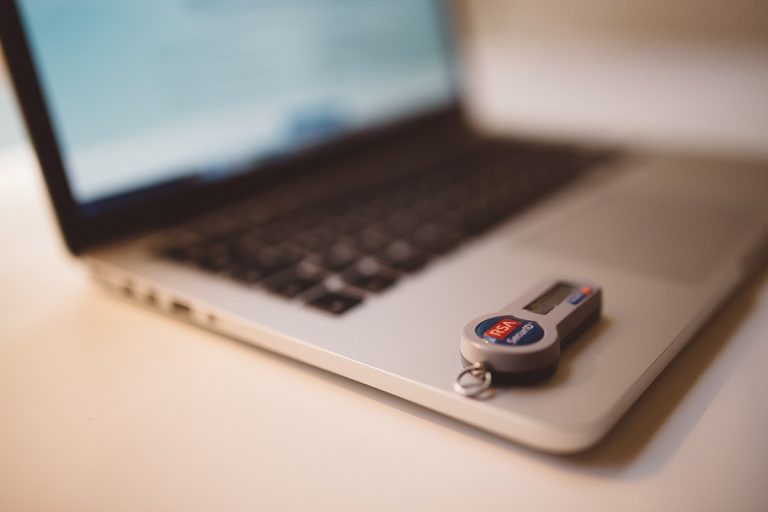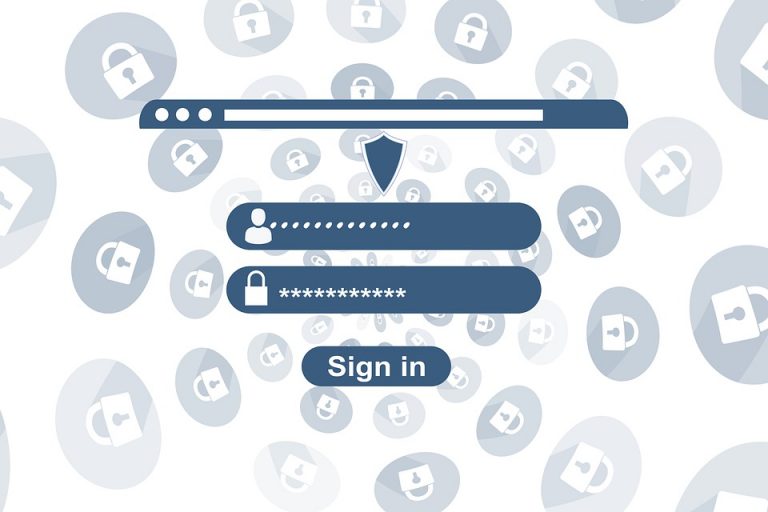A survey conducted by Datafolha in collaboration with the Brazilian Forum of Public Security revealed that the situation regarding financial scam attempts in the country has reached a level that requires significant attention. According to the results, every hour, more than 4,600 people are targeted by these types of fraud attempts, either through messages or phone calls.
In the same period, 1,680 people have their mobile phones stolen and another 2,500 purchase products online that are never delivered. The survey included 2,508 respondents and was conducted across all regions of the country between June 11 and 17. The estimated financial loss to the population is R$ 25.5 billion over 12 months, just from scams involving Pix or fake invoices, for example.
Articles from StarsPay provide insights into some of the most common types of fraud currently encountered, with criminals devising increasingly sophisticated methods to deceive the public. Schemes like the fake customer service scam or the incorrect Pix transfer have become more prevalent in recent months, along with other types of fraud that also demand attention.
The survey also indicated that the actual number of cybercrimes is likely higher since only 30% of respondents reported filing a police report after falling victim to a Pix or fake invoice scam. For those who had their phones stolen, the number rises to 55%, still far from the total number of actual cases.
Another result of the survey was the identification of the profile of individuals most frequently targeted by online crimes through messages and/or phone calls. The most common victims earn between 5 and 10 times the minimum wage, have completed higher education, and live in cities with more than 500,000 inhabitants.
In July, the Central Bank of Brazil announced new measures to increase the security of Pix, setting limits on transactions conducted on unregistered devices. Additionally, for those looking to protect themselves from the main types of scams, StarsPay’s anti-fraud articles offer various essential tips for staying safe in the digital environment.





